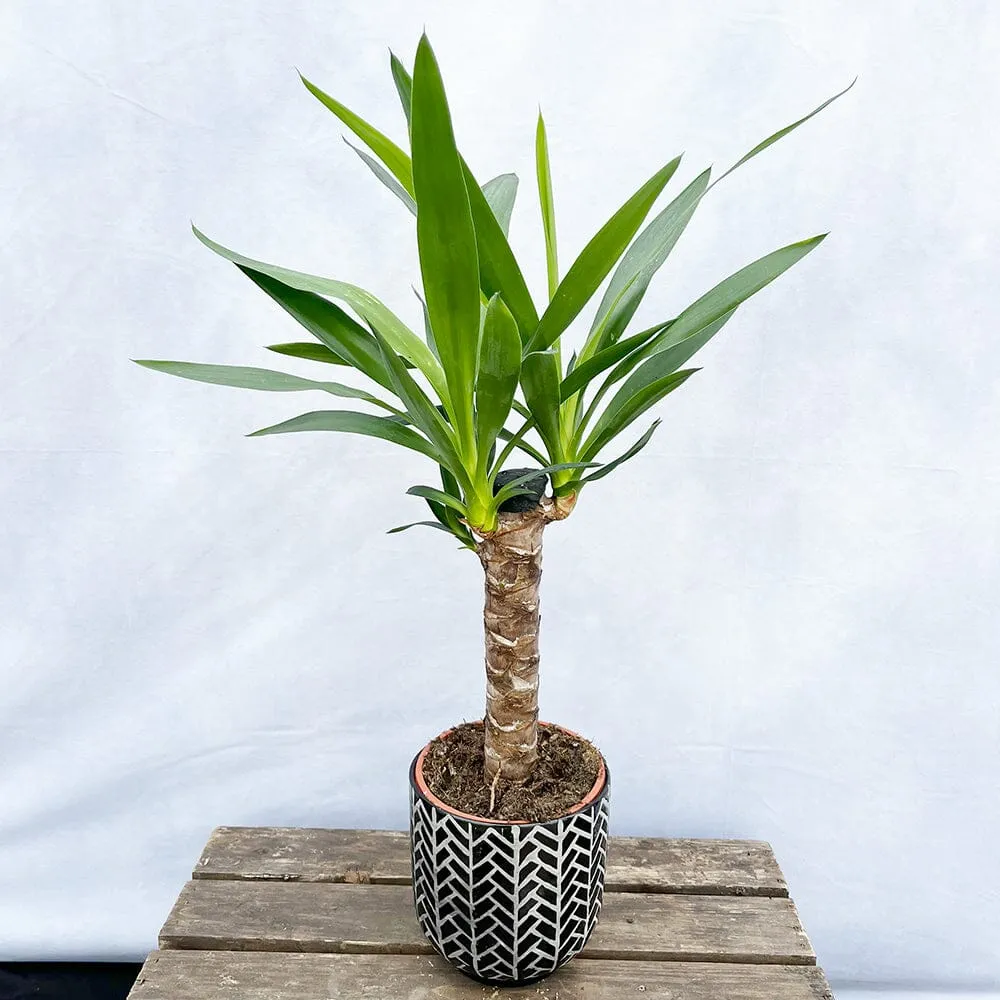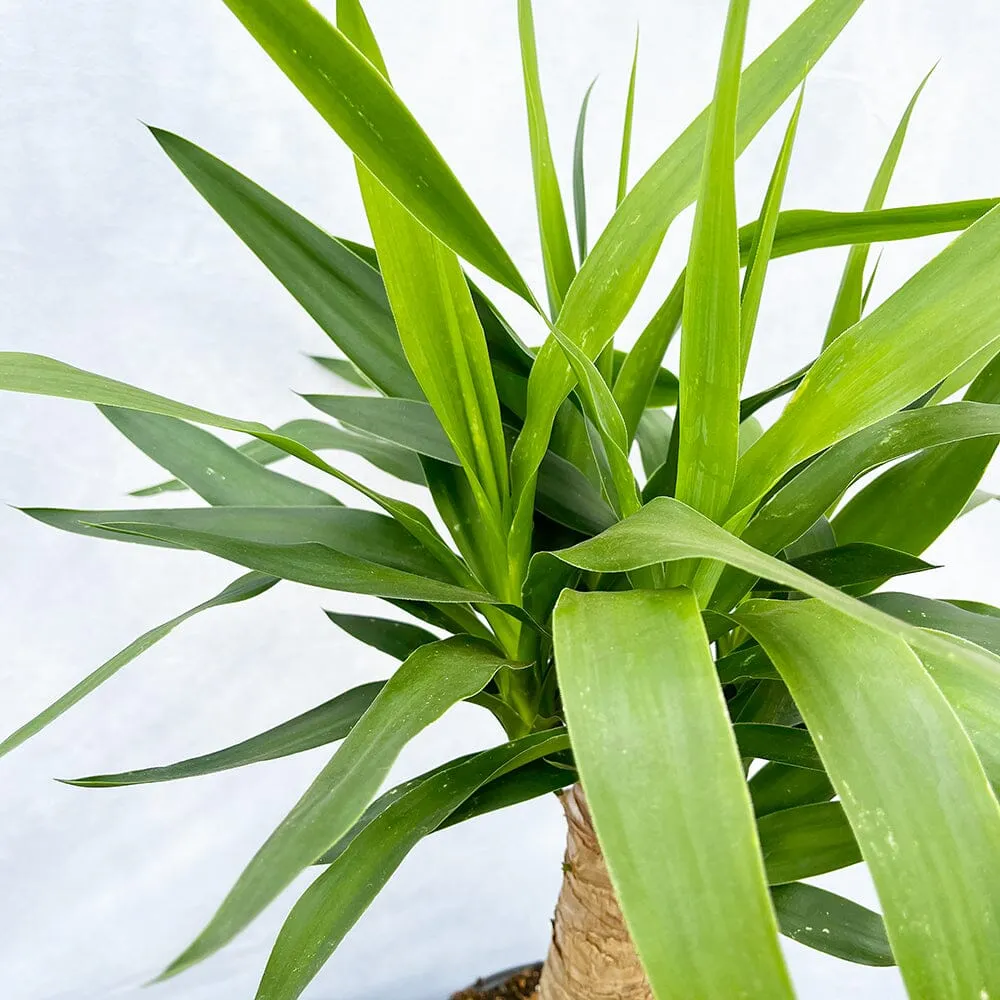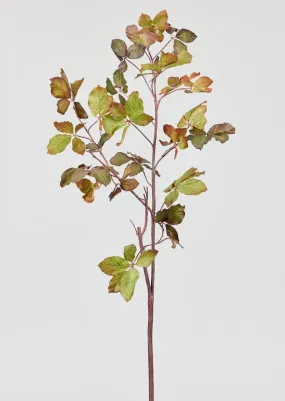Yucca Elephantipes, also known as the spineless yucca or giant yucca, is a popular houseplant and outdoor ornamental plant. It is known for its tall, woody stems and rosettes of long, sword-shaped leaves. This hardy plant is a member of the Asparagaceae family and is native to Central America. Here are some general characteristics of Yucca Elephantipes:
- Foliage: The leaves are long, narrow, and lance-shaped, with a glossy green appearance. Unlike other yucca species, Yucca Elephantipes lacks sharp spines, making it safer for indoor environments.
- Growth Habit: This plant grows as a tree or shrub, with thick, woody stems that can branch out. It can develop multiple trunks over time.
- Size: Yucca Elephantipes can reach a height of 1.5-3 meters (5-10 feet) indoors and up to 9 meters (30 feet) outdoors in suitable climates.
Care Guide
Light:
- Bright Light: Prefers bright, indirect light but can tolerate some direct sunlight. It thrives best in a sunny spot, but can also adapt to lower light conditions.
- Low Light Tolerance: While it can survive in lower light, growth may be slower, and the plant may become leggy.
Watering:
- Low to Moderate: Water when the top 2-3 inches of soil feel dry. Yucca Elephantipes is drought-tolerant and prefers to dry out between waterings. Overwatering can lead to root rot.
- Humidity: This plant is adaptable to average household humidity levels and does not require additional humidity.
Temperature:
- Warm: Thrives in temperatures between 18-24°C (65-75°F). It can tolerate temperatures down to 10°C (50°F), but should be protected from frost.
- Outdoor Growth: In suitable climates (USDA zones 9-11), it can be grown outdoors year-round.
Soil:
- Well-Draining: Use a well-draining potting mix, such as a blend of sand, perlite, and regular potting soil. Good drainage is crucial to prevent waterlogging.
- Cactus Mix: A cactus or succulent potting mix is also suitable for Yucca Elephantipes.
Fertilising:
- Infrequent: Feed with a balanced, water-soluble fertiliser once a month during the growing season (spring and summer). Reduce feeding in autumn and winter.
- Slow-Release Fertiliser: Alternatively, a slow-release fertiliser can be applied in the spring.
Pruning:
- Minimal Pruning: Prune to remove dead or yellowing leaves. You can also trim the plant to control its size and shape.
- Propagation: Yucca Elephantipes can be propagated by cutting the stems and planting them. New shoots will grow from the cut stems.
Repotting:
- Every 2-3 Years: Repot the plant every 2-3 years or when it becomes root-bound. Choose a pot that is one size larger than the current one.
- Fresh Soil: Use fresh, well-draining soil when repotting to ensure continued health.
Pests:
- Common Pests: Monitor for common pests such as spider mites, aphids, and mealybugs. Treat infestations promptly with insecticidal soap or neem oil.
- Good Air Circulation: Ensure good air circulation around the plant to prevent fungal infections.
Propagation:
- Stem Cuttings: Yucca Elephantipes can be propagated through stem cuttings. Cut a healthy stem, let it dry for a day or two, then plant it in well-draining soil.
- Offsets: The plant often produces offsets, which can be removed and potted separately to grow new plants.
Conclusion
Yucca Elephantipes is a hardy and relatively easy-to-care-for plant, perfect for adding a touch of architectural beauty to your indoor or outdoor spaces. With the right care and conditions, you can enjoy its striking foliage and impressive growth year-round.
















